Wednesday, 1 November 2023
It was a beautiful spring day in late April when we visted Buda. The sun shone from a cornflower-blue sky and a pleasant wind playfully ruffled our hair. The conditions were perfect for exploring a new place and as soon as the tram set us down, I realised that Buda had its own charms which would have worked their magic on me even under a grey and stormy sky.
Unlike busy, hectic Pest, Buda felt like a peaceful backwater of cobbled streets, pastel houses and Gothic spires. Our wanderings didn't take us very far, as we preferred to stay in the historic Castle District. So we walked and stopped to take photos, hundreds of them (no surprise there); we explored and did the things that visitors do: gazed in awe at the dazzling white loveliness of Matthias Church and spent too much time wandering around the delightful decorative fortification known as Fisherman's Bastion. From there we gaped at the stunningly beautiful Hungarian Parliament across the Danube in Pest.
Then we walked a bit more. A little ways away we discovered a quiet park with more wonderful views and walked on a carpet of pink and lilac petals, strewn on the ground like confetti at a wedding. We were almost the only ones there and it felt so dreamy, especially when the bells of Matthias Church chimed out at noon.
A little later we discovered a church tower in which Rapunzel would have felt at home and I couldn't help being fascinated by the colourful mosaic tiles that decorated the slanting roofs of so many of the buildings in Buda. It's enchanting and slightly magical. The fairy-tale references were coming fast and hard in my head but I will spare you my comparisons of buildings in Buda to my childhood Ladybird books, illustrated with scenes that seemed to have been inspired by this fascinating city.
We ended the day in Buda Castle, the historical castle and palace of the Hungarian kings since medieval times. The castle complex is now dominated by the royal palace, a Baroque structure that was built in the mid-18th century. While much of the royal palace was destroyed during WW2, it was rebuilt in a simplified Stalinist Baroque style. While I admit to being slightly disappointed that I wasn't gazing at the same palace in which the Hungarian kings and, later, the Austrian Hapsburg emperors frolicked, the current edifice is still architecturally striking and imposing.
There is much to explore in the castle complex and a lot of history to take in but we had some other sights to see before the sun set. As we walked to our tram stop, I was struck again by the pretty colours of Buda, its rich and varied history, and the peaceful relaxed ambiance that made walking its colourful streets one of the main highlights of our visit.
Location: Buda, Hungary
April 2023
Monday, 16 October 2023
Ten reasons I love autumn
- My creativity increases by 500%. Okay, that's slightly over the top but there's no denying that all the words that eluded me during the lethargic summers months now come pouring out of me and I'm loving it.
- I can spend time gardening again without having to deal with pesky insects and copious amounts of perspiration.
- It's cool enough to cook soups and pies. Although I used to avoid making soups no matter what the season was, I have now become a convert since they are so easy to make. The same goes for pies. If you use pre-prepared pastry (in my case kindly made by my dear mum) they can be prepared in a jiffy.
- I can finally wear jeans again (an article of clothing that I completely avoid between June and September) and sweater weather is on the horizon. I love chunky knits. And beanies. How can I forget beanies?
- That very peculiar smell of damp soil and decaying carob pods is back. It's not the most pleasant of smells but it's a very 'Maltese' autumn scent.
- It's the perfect time to light our cinnamon, pumpkin or apple-scented candles. I absolutely love these: Autumn Leaves and Spiced Pumpkin. Do you change your candles according to the season? It's something I started doing last year and I think it really enhances the mood inside our house.
- Life is back to an established routine. Summer is perfect for spontaneity but I prefer the more tempered days of autumn that are made even more special by cosy family evenings - which means I read non-stop curled inside a fluffy blanket.
- I get to satisfy my craving for Dead Man's Bones. Although this may sound alarming, Dead Man's Bones are a type of pastry made from a sweet dough with an almond filling that is traditionally eaten on or around the feast of All Souls' Day that is celebrated in different ways in many countries around the world, like La Fiera dei Morti in nearby Siciliy and the more famous La Dia de los Muertos in Mexico. A bit morbid, perhaps, but these sweet concoctions are delicious and a rare treat since they are not available year round.
- The sea will be moody and temperamental again and I can spend time chasing waves.
- Christmas, my favourite time of the year, with its plethora of activities and Christmas markets, is just round the corner.
Monday, 9 October 2023
Book Blurb
I Am Forbidden is a multi-generational portrayal of family, faith and history which takes the reader across continents, from pre-war Transylvania to modern-day New York via Paris and England. This novel explores what happens when unwavering love, unyielding law and centuries of tradition collide.
Opening in 1939 Transylvania, five-year-old Josef witnesses the murder of his family by the Romanian Iron Guard and is rescued by a Christian maid to be raised as her own son. Five years later, Josef rescues a young girl, Mila, after her parents are killed while running to meet the Rebbe they hoped would save them. Josef helps Mila reach Zalman Stern, a leader in the Satmar community, in whose home Mila is raised as a sister to Zalman's daughter, Atara. With the rise of communism in central Europe, the family moves to Paris, to the Marais, where Zalman tries to raise his children apart from the city in which they live.
Mila's faith intensifies, while her beloved sister Atara discovers a world of books and learning that she cannot ignore. A beautifully crafted, emotionally gripping story of what happens when unwavering love, unyielding law, and centuries of tradition collide, I Am Forbidden opens a startling window on a world closed to most of us.
My review
This book was a Goodreads recommendation so I went in without any expectations and ended up being blown away by the beauty of the writing. Everything about it ticked all the right boxes: the poetic, mesmerising style of its prose, the restrained nature of the narrative, the flawed by relatable, characters that the author was able to create with such conviction. I was in turns sad, angry and hopeful but the overall feeling I came away with was one of intense heartbreak: for Mila and Josef; for what was and what could have been. It is a book about dogma and traditions; about what is allowed and what is forbidden.
“We've always known that a marriage our parents approved meant giving up Paris and its bells.”
But it might not be for everyone. If you're a proud feminist, don't read this book. It will anger you. If you hate restrictive orthodox doctrine, don't read this book. It will make you feel trapped and powerless. But if you want to understand a different culture, one so different from what we are used to that you'd be forgiven for thinking it was all made up, then give this book a chance. It will shock you. It will break you into tiny pieces and devastate you, and then make you whole again. A different whole than before. One that is more open to other culture and beliefs. I Am Forbidden does what every good book should do. It challenges your status quo and ingrained misconceptions and shatters them forever.
“Mila found comfort in this ordered world where sin explained suffering.”
Genre: historical fiction
First published: 2012
Location: Szatmar, Romania; Paris, France; Brooklyn, New York
Awards: Jewish Quarterly-Wingate Prize Nominee (2014)
Goodreads rating: 3.69 ⭐
My rating: 5 ⭐
About the author
Anouk Markovits grew up in France, in an ultra-orthodox Satmar home. She attended a religious seminary in England instead of high school, and left the fold at the age of nineteen to avoid an arranged marriage. She went on to receive a bachelor of science from Columbia University, a master of architecture from Harvard, and a PhD in Romance Studies from Cornell. I Am Forbidden is her English Language debut. A more in-depth background about Anouk Markovits and the reason why she wrote this book can be found in Martha Schulman's article Inside Out: Anouk Markovits published in Publisher's Weekly (March 2012).



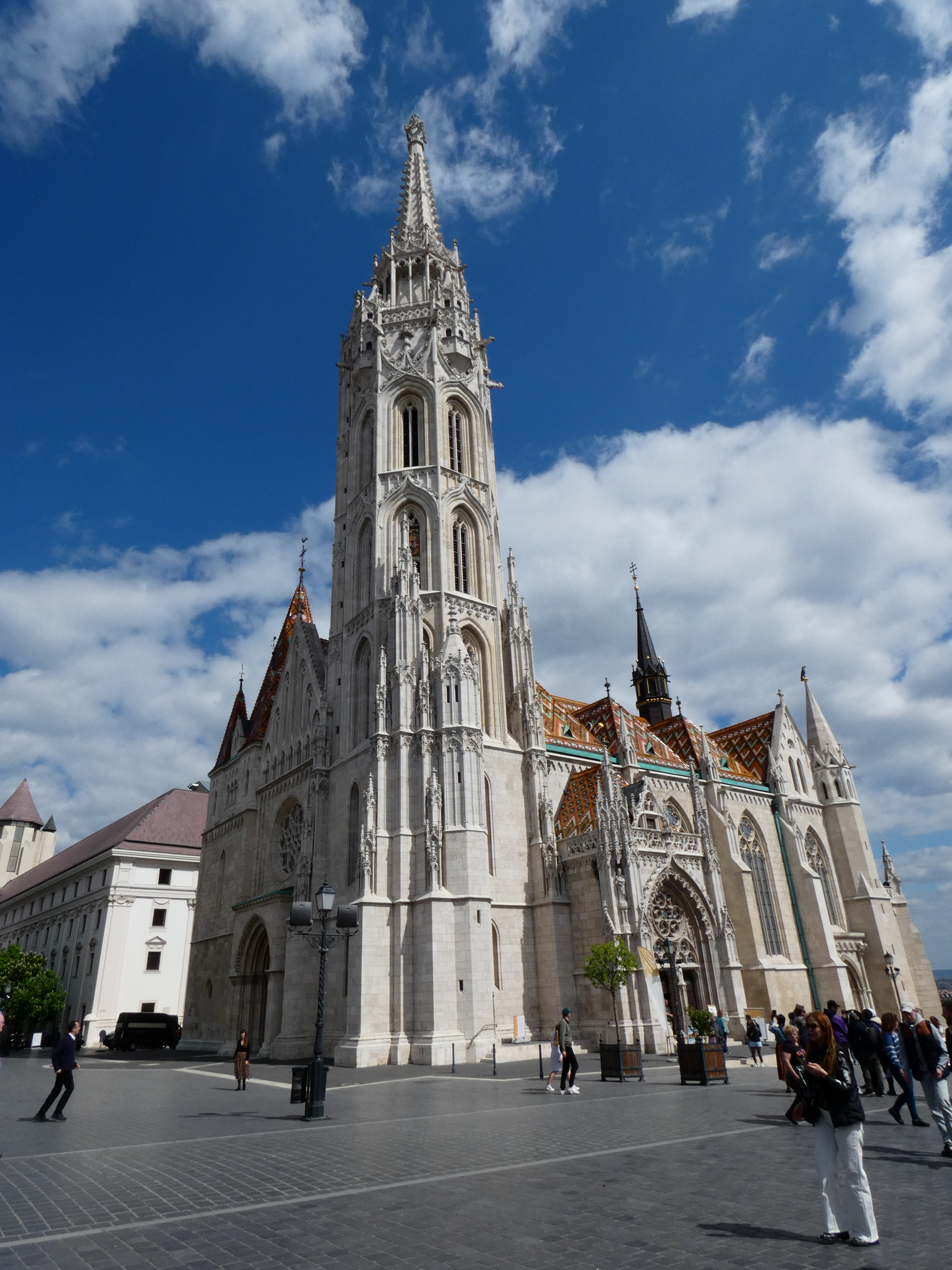


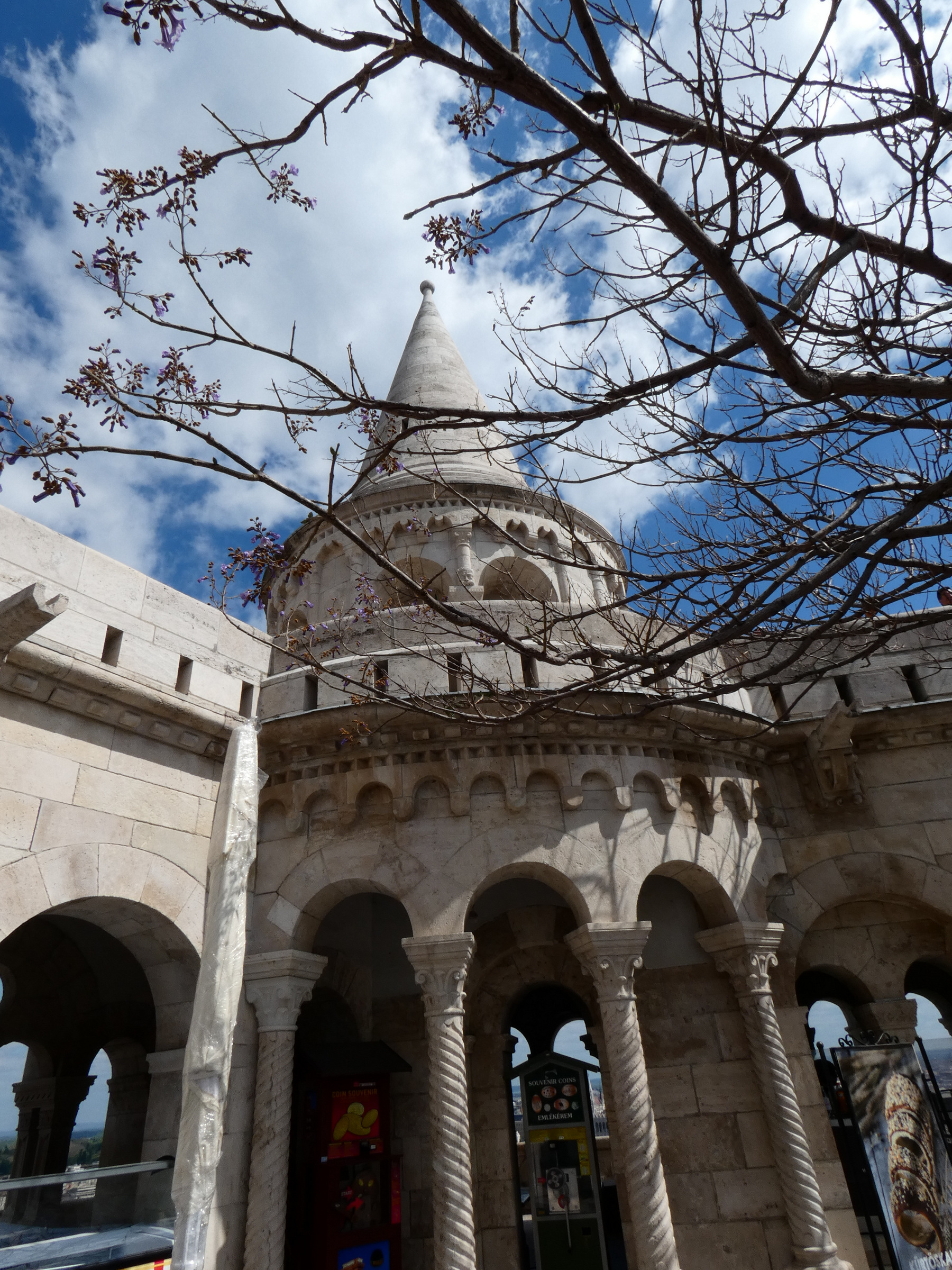




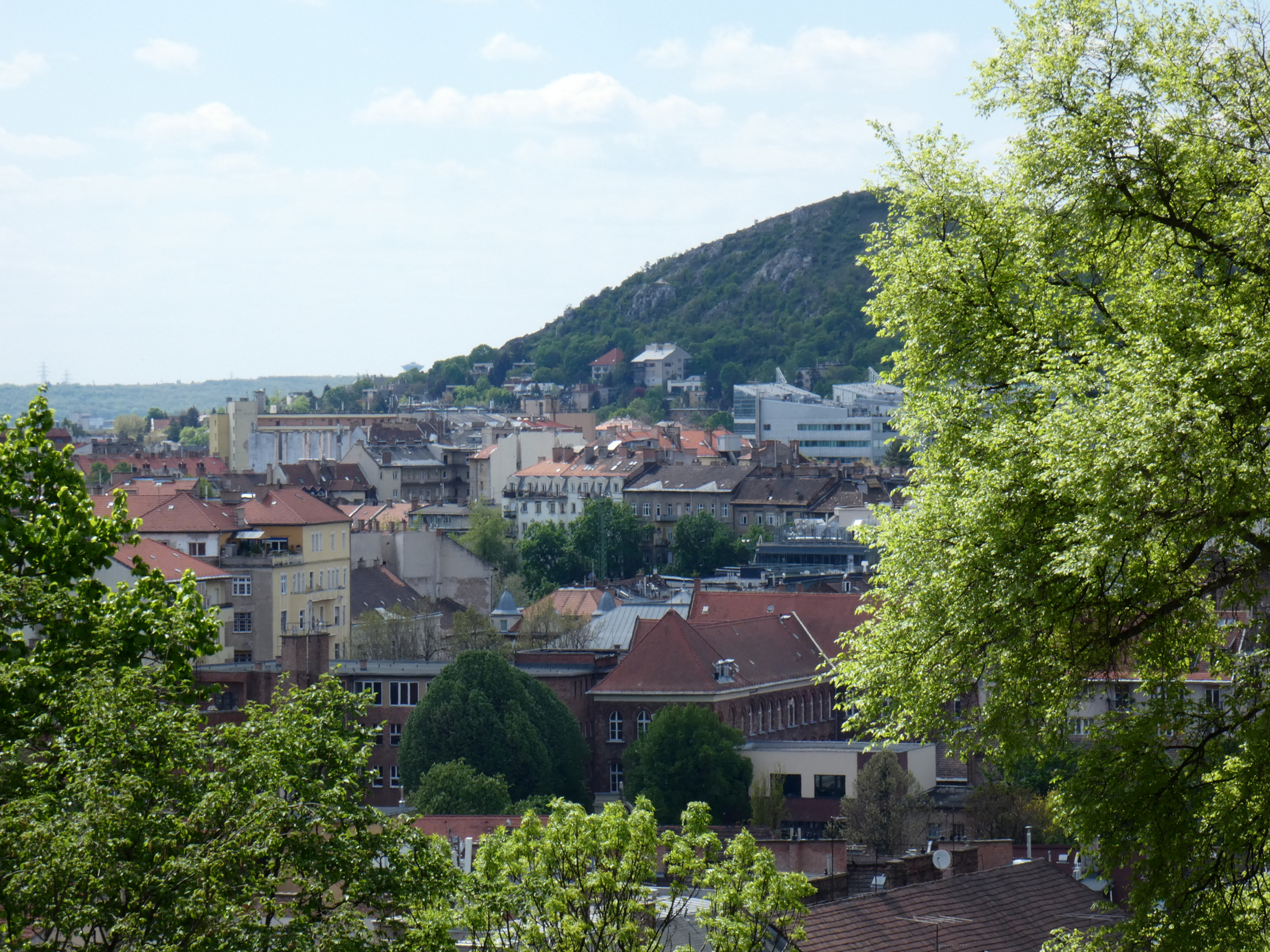
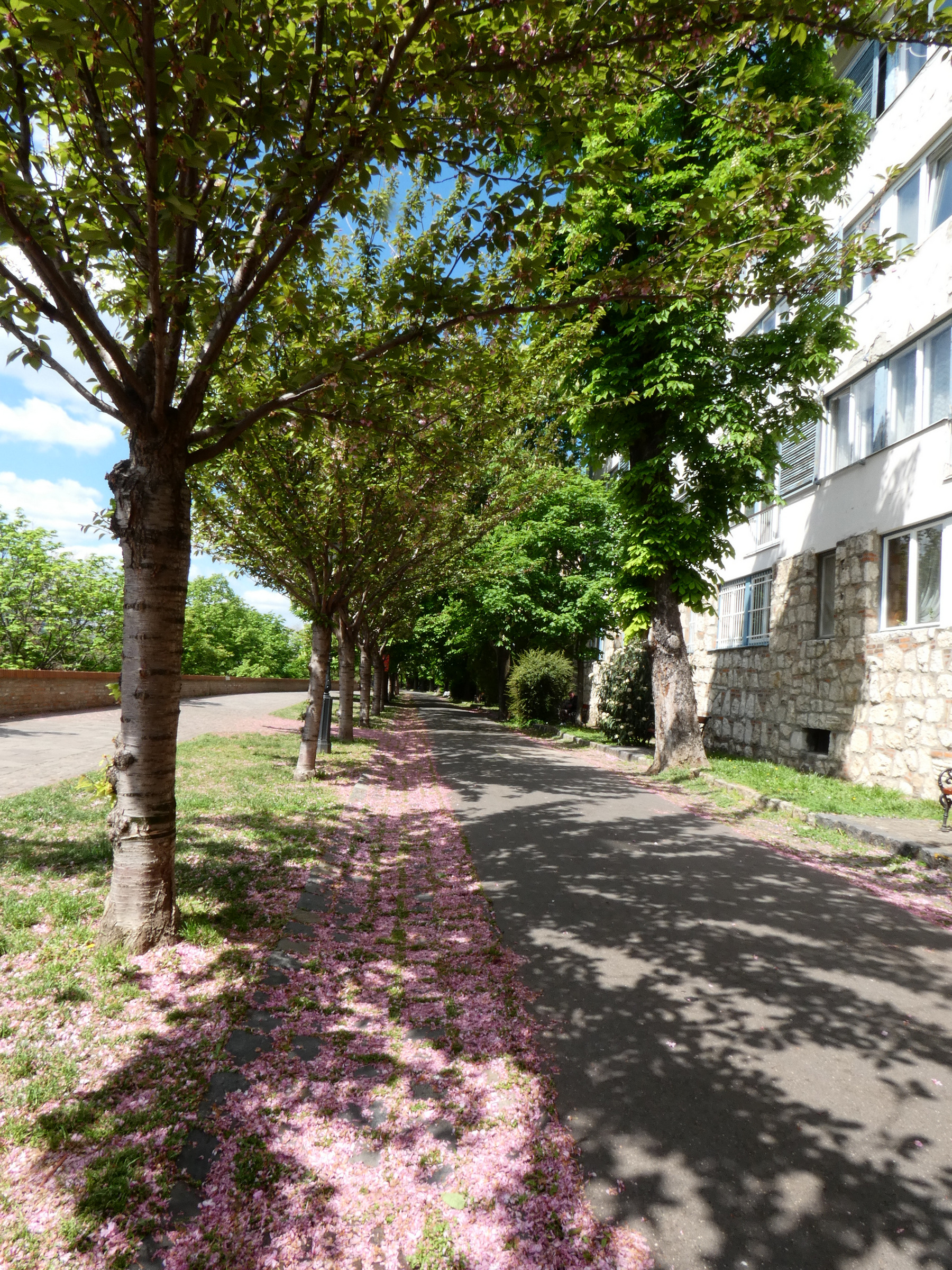









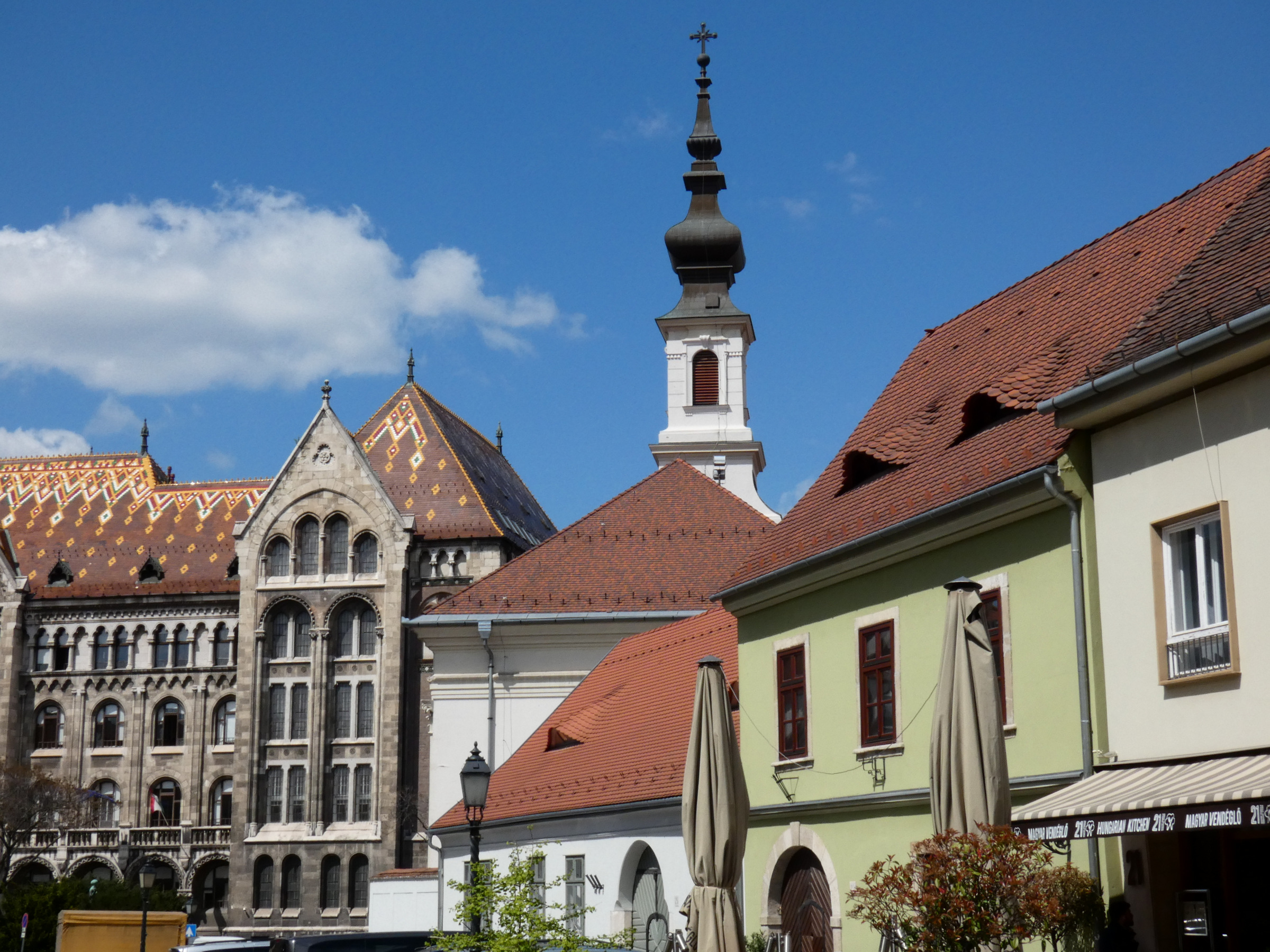
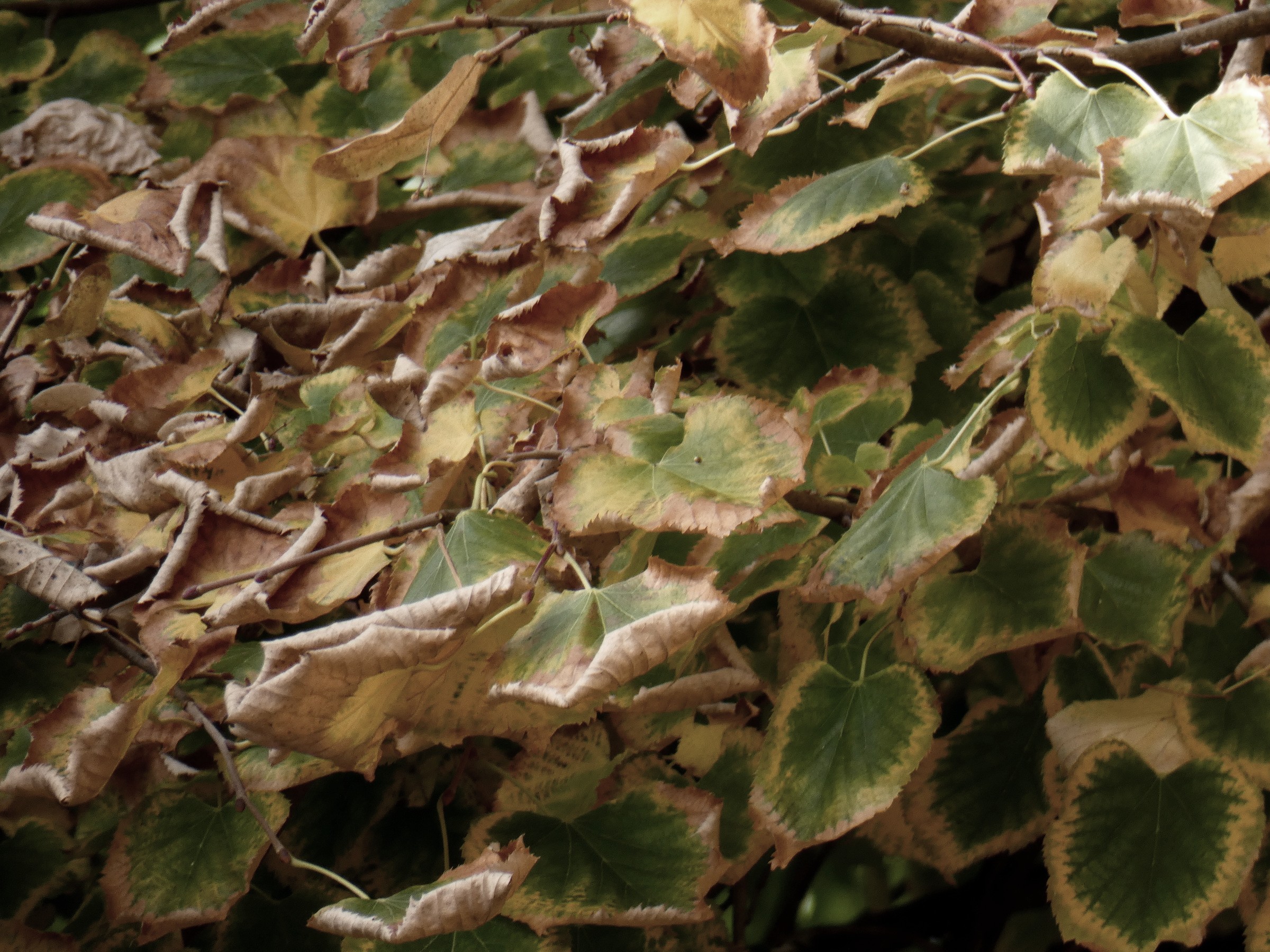
.JPG)
.JPG)
.JPG)
.JPG)
.JPG)
.JPG)





